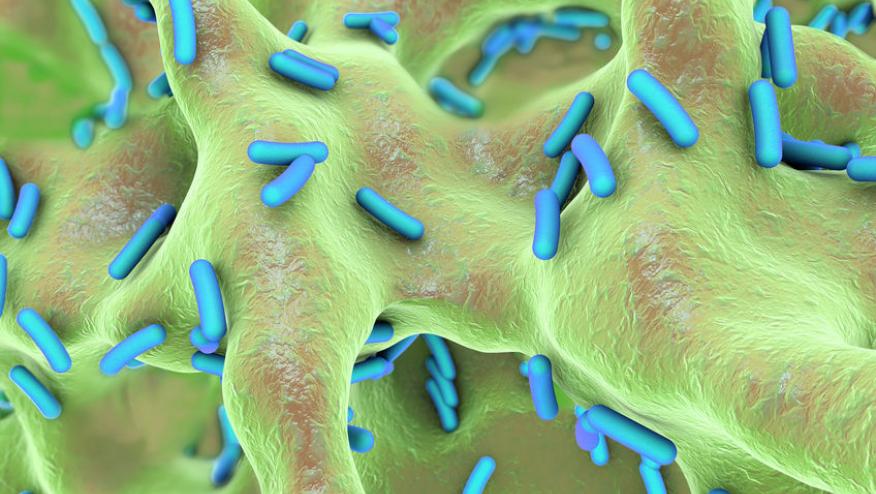Incidence, Microbiological Studies, and Factors Associated With Prosthetic Joint Infection After Total Knee Arthroplasty Save

A study of nearly 80,000 US veterans who underwent primary knee joint arthroplasty (TKA) showed the incidence of prosthetic joint infection (PJI) was highest in the first 3 months and remained elevated through 12 months compared with 12 months or more after surgery. Gram-negative organisms were more prevalent in early vs delayed or late PJIs.
This study included US Veterans who underwent elective primary TKA in the VA system and had at least 1 year of care in the VA prior to TKA. The primary outcomes was incident hospitalization with early, delayed, or late PJI. Incidence rate (events per 10 000 person-months) was measured in 3 postoperative periods: early (≤3 months), delayed (between >3 and ≤12 months), and late (>12 months).
The cohort included 79 367 patients (median age 65 years; 95% male) and a total of 1599 PJIs (2.0%) were identified.
The incidence rate of PJI was higher early (≤3 months) (26.8 events per 10 000 person-months) and in the delayed periods (between >3 and ≤12 months), (5.4 PJI per 10 000 person-months, compared to the late postoperative period (>12 mos) (1.3 events per 10 000 person-months).
Staphylococcus aureus was the most common organism (33%), followed by gram-negative infections (15%).
PJI across all postoperative periods was increased by hepatitis C infection, peripheral artery disease, and autoimmune inflammatory arthritis. Surprisingly, diabetes, chronic kidney disease, and obesity were not associated factors.
These findings have implications for postoperative antibiotic use and stratification of PJI risk postoperatively.










If you are a health practitioner, you may Login/Register to comment.
Due to the nature of these comment forums, only health practitioners are allowed to comment at this time.